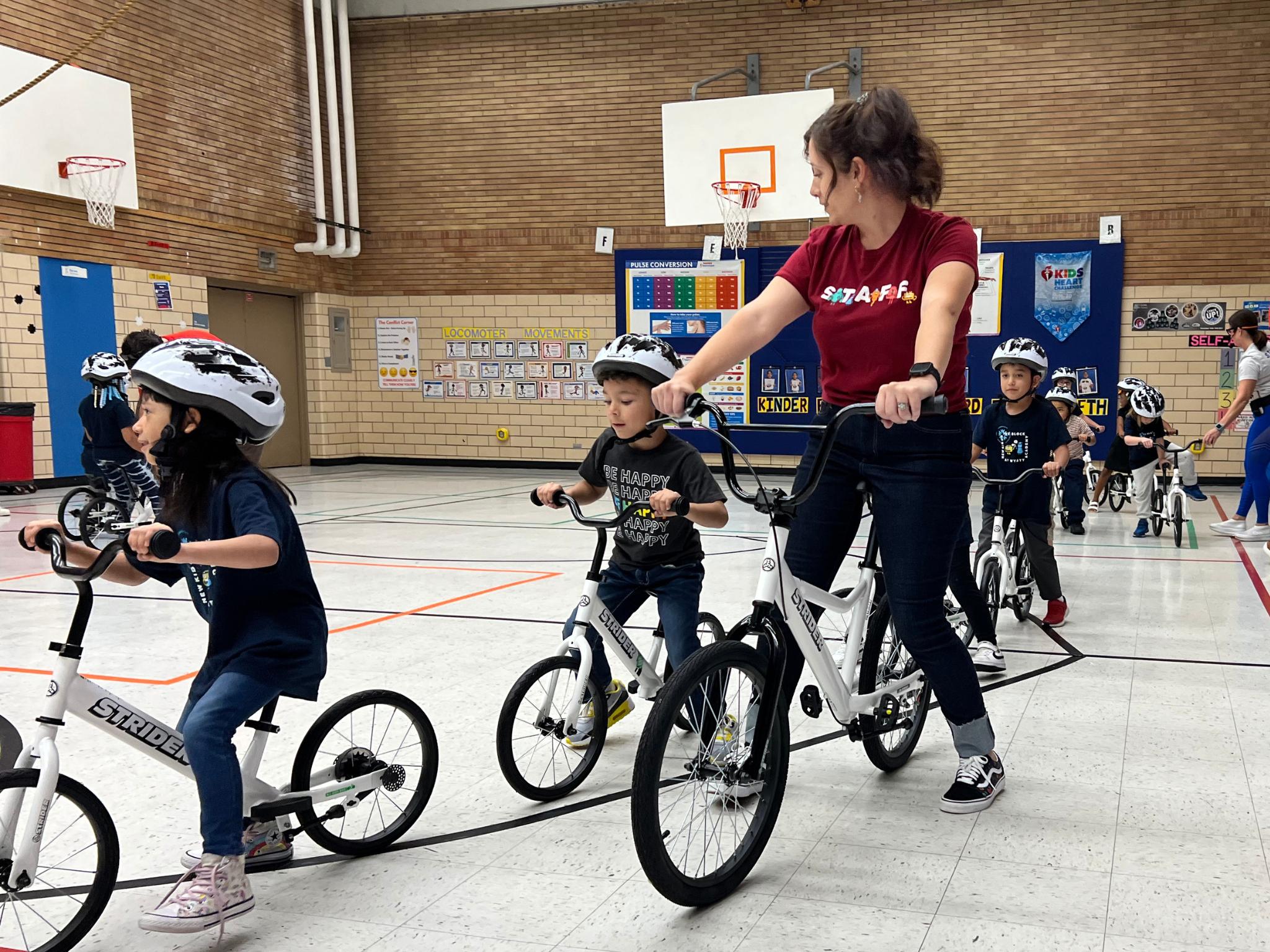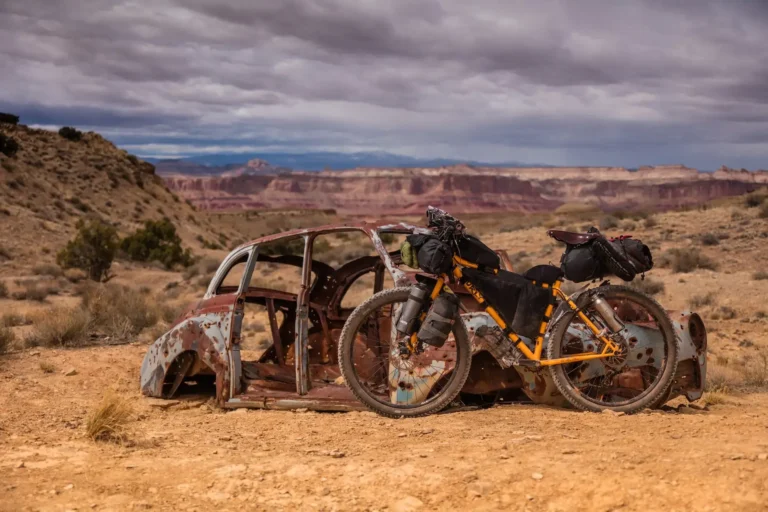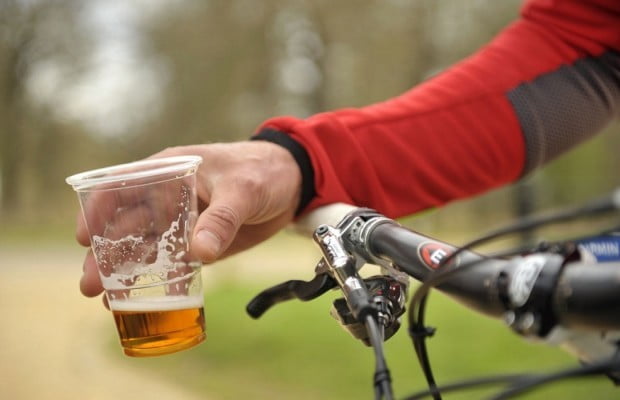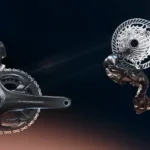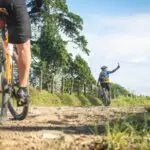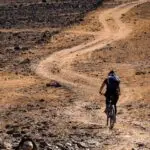Whether you’re going on a road trip or simply want to get your kid in the habit of riding a bike, there are a few things you can do to get him started. A balanced bike is a great starting point, but if you’re looking to speed things up, you might want to consider a bike with training wheels.
It will take time
Depending on the age and physical and mental development of the child, the time it takes to teach a kid to ride a bike can range from a few minutes to a few weeks. In general, the average age for children to learn to ride a two-wheeled bicycle is around five years old. But children learn differently and may respond more favorably to some methods than others.
The first step in teaching a kid to ride a bike is to choose a suitable area. A smooth tarmac surface away from traffic is the best place to begin. It’s also important to make sure the bike is comfortable for the child.
The next step is to introduce pedals. Children will need to spend time learning to control the bike and steering at a low speed. You may want to practice figure 8s, small and large circles, and turns. You can also practice steering between cones or chicanes.
Balance bikes are a good starting tool
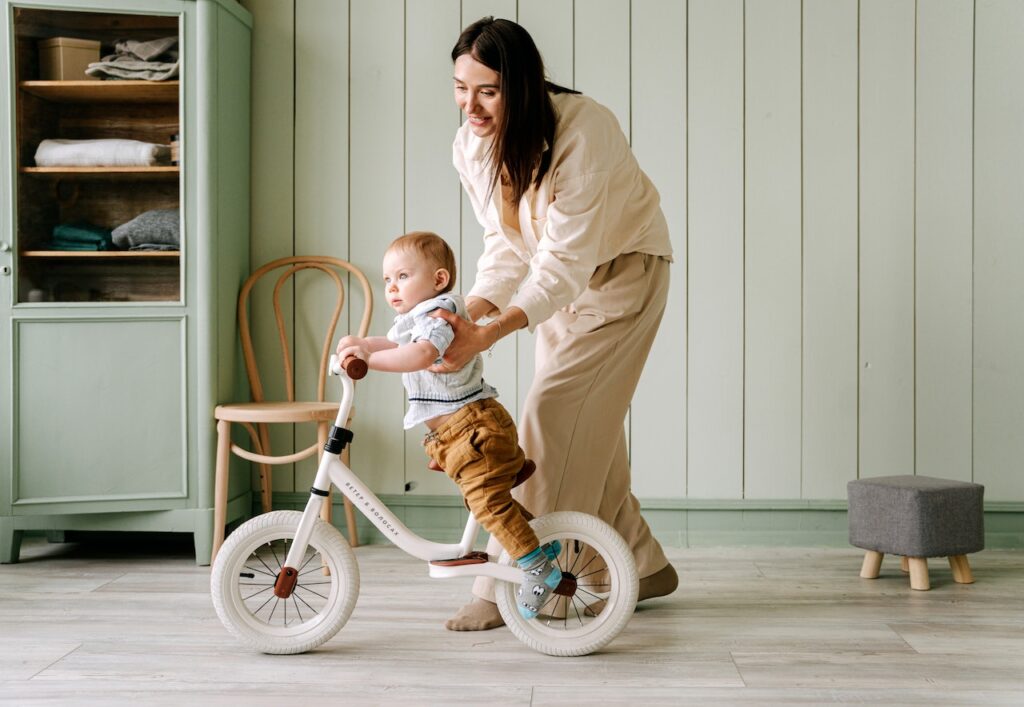
Using a balance bike is a great way to start teaching your child to ride a bike. It can be used at home, at the park, and even on a hike or a mountain bike trail.
Kids learn to ride balance bikes quickly. It’s a good idea to start with a lightweight balance bike. This makes it easier for your child to learn to handle in an incline.
If you’re considering buying a balance bike, make sure the bike has adjustable handlebars, a seat that can fit your child, and a minimum seat height. This will ensure your child has a comfortable position on the bike and will prevent them from tipping over.
Balance bikes can be purchased for as young as 18 months old. These bikes are easy to assemble and offer a number of benefits, including preparing your child for riding a pedal bike. They are also environmentally friendly.
It is also important to get a balance bike with hand brakes. They will help your child learn to use the brakes and can make the transition to pedal bikes easier. This is especially important if you live in a hilly area.
Before we begin, Check these 4 things
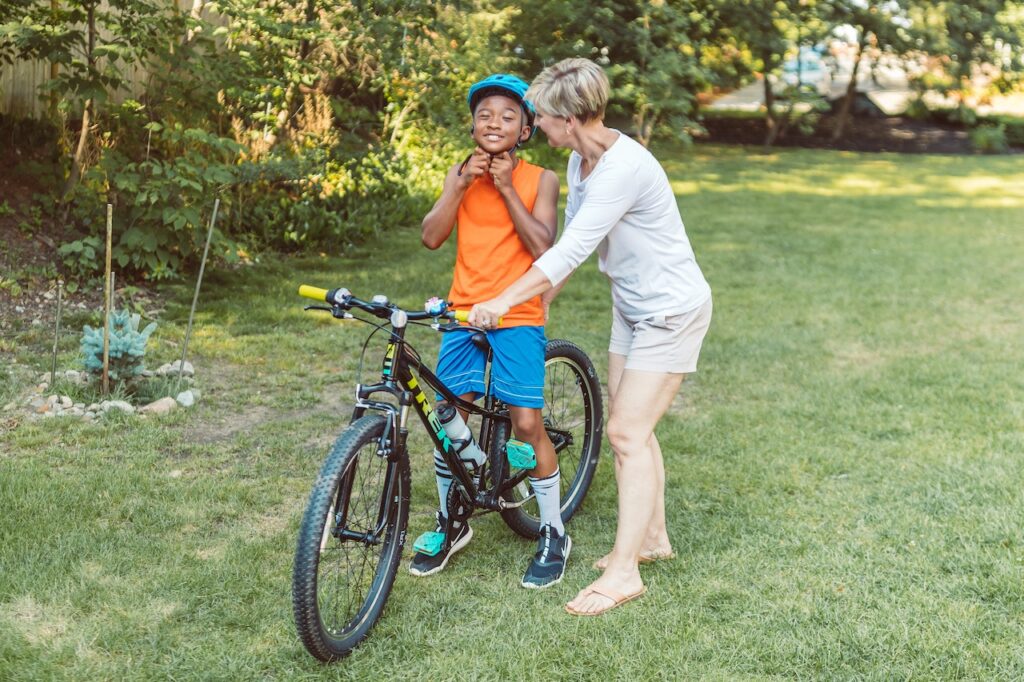
Before we get started, you should make sure of 4 main things:
- Keeping the feet flat to the ground – Your child should be able to, while sitting on the saddle, be able to touch their feet flat with the ground. This is to give your child stability and mobility as there are no pedals quite yet. More on that soon.
- Lowering the saddle if needed – If step 1 failed, the bike probably needs its saddle height adjusted. Adjust the saddle height so that your child safely touch the ground with their feet flat.
- Bike weight matters a lot – When learning to ride a bike with no previous experience, your kid will struggle with the bike due to its weight. Remember that there will be no speed to talk about during the first period, so everything will feel very heavy, slow and bulky.
- Safety Safety Safety – Safety on a bicycle always includes a helmet. When first starting off, your child might even want to use knee and elbow protection for the extra safety it grants. I’ll say it again. Use a helmet. Another thing that might be of comfort is to start off on an open field next to absolutely nothing. Why not with some grass on it as well?
Step by step, with safety in mind
- Start off with removing the pedals from the bike. This will turn the bike into a temporary balancing bike. Don’t remove the crank arms if your child can walk normally without rubbing against them.
- It’s time to get moving. Let’s start off with a simple sit and walk.
- Once the sit and walk is working out good enough, try to speed it up a bit. This can be done by trying to run or to find a small declining area.
- Don’t hurry on getting those pedals back on. Once you and your child feels confident enough to start using the pedals. Then go ahead and put them back on. Keep focusing on the balance and put minimal focus on the pedals.
- You might notice that the saddle is a bit low now that your child has gotten the hang of using pedals. Try to adjust the height off the saddle a little bit, just enough for the tips of the toes to touch the ground.
- What’s next? well, Combine all steps above and you should have a big smile on your child as they feel the supported stability of both the pedals and the gyroscopic effects. Good job!
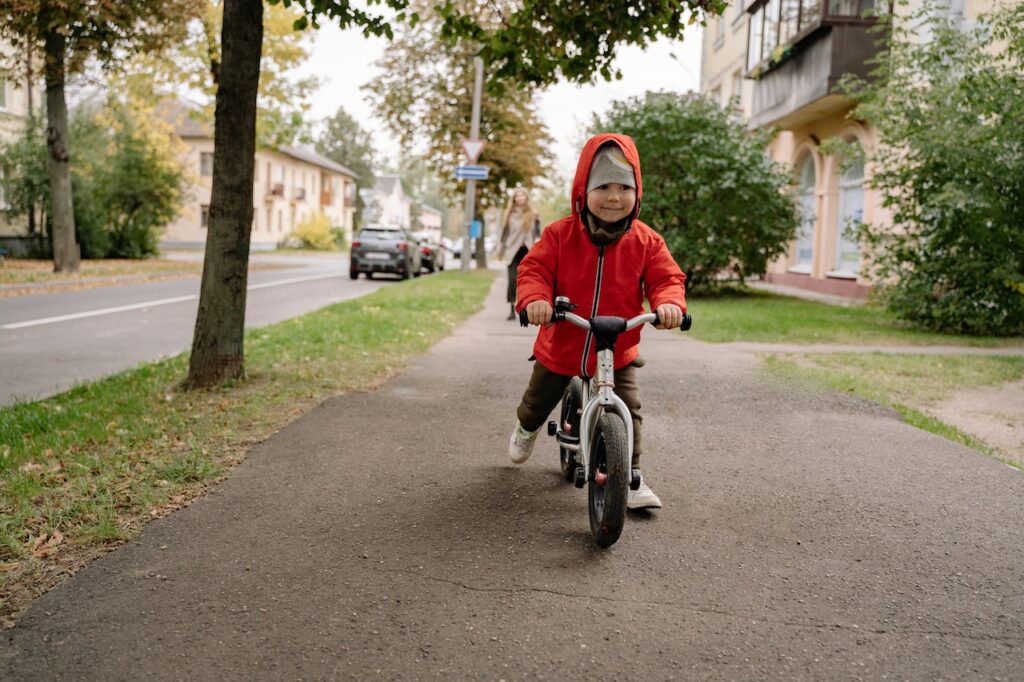
Children grow, learn and develop at their own pace
Whether your child is already riding a bike or you want to encourage the process, there are many ways to help him or her get started. There are also many videos on YouTube to help with the learning process. You can also work with a pediatric occupational therapist to help your child develop bike riding skills.
If your child isn’t able to keep an upright posture when riding, it may be time to work on strengthening his or her core. Core strengthening activities include sit ups, wheelbarrow walking and walking like a bear.
A bicycle helmet is a great safety measure. When fastened, it should sit two fingers above the eyebrows. Long sleeves and knee pads are also a good idea.
The ability to ride a bike is a great skill for children to master, as it allows them to experience fun rides. They can also practice their balance, as they can remove the pedals to glide.
Don’t rush it
Regardless of whether you are teaching a kid to ride a bike for the first time or for the thousandth time, it is important that you take your time to ensure that your child has mastered the art of bicycle riding. Some children take longer than others, but most will eventually get the hang of it.
It is best to have a teacher, whether it be an adult or an assistant, to help you teach your child. They will not only be able to guide your child, but they will be able to explain everything to your child. This will ensure that they will understand the mechanics of the bicycle and will learn good safety habits.
It is best to wait until your child is ready to ride without training wheels. A child should also wear a helmet. While learning to ride, the child should practice braking and coasting. This will help them develop their balance and stamina.
If you still need some motivation to go out there and learn your kid to ride a bike, take a look at this brilliant video on Teach your child to ride a bike in 45 Minutes uploaded by Cycling Weekly.
